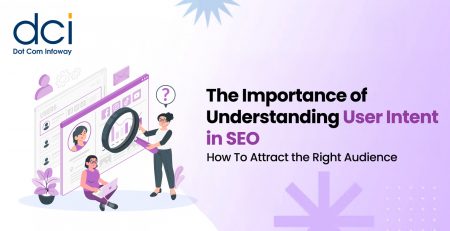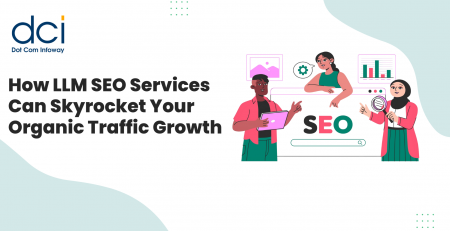The Forgotten Fundamentals of SEO
Many websites that look stunning in design, doesn’t clear the validation. When we run them through a validator, they list fairy big list of errors through validator. A website code is just a part of search engine optimization process, but it does have a huge impact on users. Because clearly coded / error free coded website have a benefit of,
- Cross Browser Compatibility
- Faster Loading Time
- Better Accessibility
Code optimization is the process of making changes in the HTML and script codes behind a web page, which ensure that the code conforms and helps in web pages loading faster. Combined with code validation, these processes helps in accessible and readable to users on various operating systems and browsers, as well as mobile and handheld devices.
Broken Links: Broken links are the more crucial things and should not be allowed to get carried away. W3C Link Checker is a tool which can be used to find the broken links. Broken links totally affects the usability as well as does not help crawlers crawl your website more effectively.
Java Script Coding Practices:
To get faster loading time, its always advisable to call the Java script externally. Search engine spiders are not good enough in reading JavaScript coding thus having more JavaScript coding will push the keyword rich content to the bottom of the page. Though Google claims that they have started indexing JavaScript links, its better to keep in mind, we are optimizing not only for Google but also for other search engines like Yahoo and Bing.
Source Ordered Content (SOC):
SOC is placing content in the beginning of the page ahead of other navigational links etc with the help of CSS. This have a advantage of,
- SE bots sees keyword rich content much earlier
- Prominence to keyword optimized content
Validation for CSS and XHTML
People in SEO persona, may argue that validating a web page is not an important factor and they will come up with a handy example of Google If you want your site to perform well with both users and search engines, then code validation is a must.
- W3Validation: Make your site easy for the search engine spiders to crawl by creating well-structured web pages that interlink to each other. Make sure all your pages pass W3C validations. Run each page of your website through this handy free tool. It will list errors if you have any in your web page. You need to have little programming knowledge to fix this. If not, you can hire a professional programmer to get this done.
- Style Sheet Validation: You can move the style sheets to the document HEAD section. This allows the page to render effectively. Further, run your style sheets (CSS) through the W3C CSS Validator. As said above, this will again list the errors if you have any and you can fix them if you have basic CSS knowledge else you can hire a programmer to do that.
Redirections and Server Response Methods:
- 200 OK: This is the standard response for a successful HTTP request. The request was fulfilled. Make sure your website returns 200 OK in all normal conditions.
- 301 and 307 Redirects: Redirects are accomplished using the 301 and 307 status codes (As per HTTP / 1.1). 301 is a search engine friendly and permanent redirection. Whereas, 307 is a temporary redirection which is not search engine friendly. Analyze the situation and decide which redirection you must carry on with. If you want to change domain A to domain B then 301 redirection is the best way to go with. If you want to pass the entire credibility from one page to another then again 301 is the best choice. Don’t forget to check the server header response once the redirection has been implemented using the available tools.
- 404 Page Not Found: This server header explains that the server has not found anything matching the request. This occurs due to mistyped URLs, non existence page, out dated links etc. To retain the visitors we implement custom 404 page in the websites. We need to check the server header response for custom 404 pages as well. In few cases, custom 404 pages return 200 OK and this would cause search engines bots to index the mistyped URLs if linked externally.
- 503 Service Unavailable: This means that the server is unable to handle the request due to temporary overloading or maintenance of the server. During the website maintenance phase, its important that your website header return 503 as response. This implementation will help search engine bots not to download the extra bandwidth during the maintenance period. At the same time, this response will restrict search engines bots to index content during the maintenance period.
Server Downtime: Your website organic ranking may get affected due to server downtime. Search engine bots will keep visiting your website, looking for fresh and updated content. During the repeated crawl if your website is not available due to server downtime, search engines treat them as “Unreliable”. To avoid this you can use tools like, Pingdom and Monitor.
Providing alt text etc for images is also categorized under code optimization. But its better to keep this topic under “Image Optimization” as its a wider topic to be covered under this.
Code optimization and validation clinch improvements, which result in higher natural rankings for the keywords optimized and notably comprehensive reach to additional targeted audiences and browsers.
If your website does not meet these criteria, just contact us we will do the work for you!















